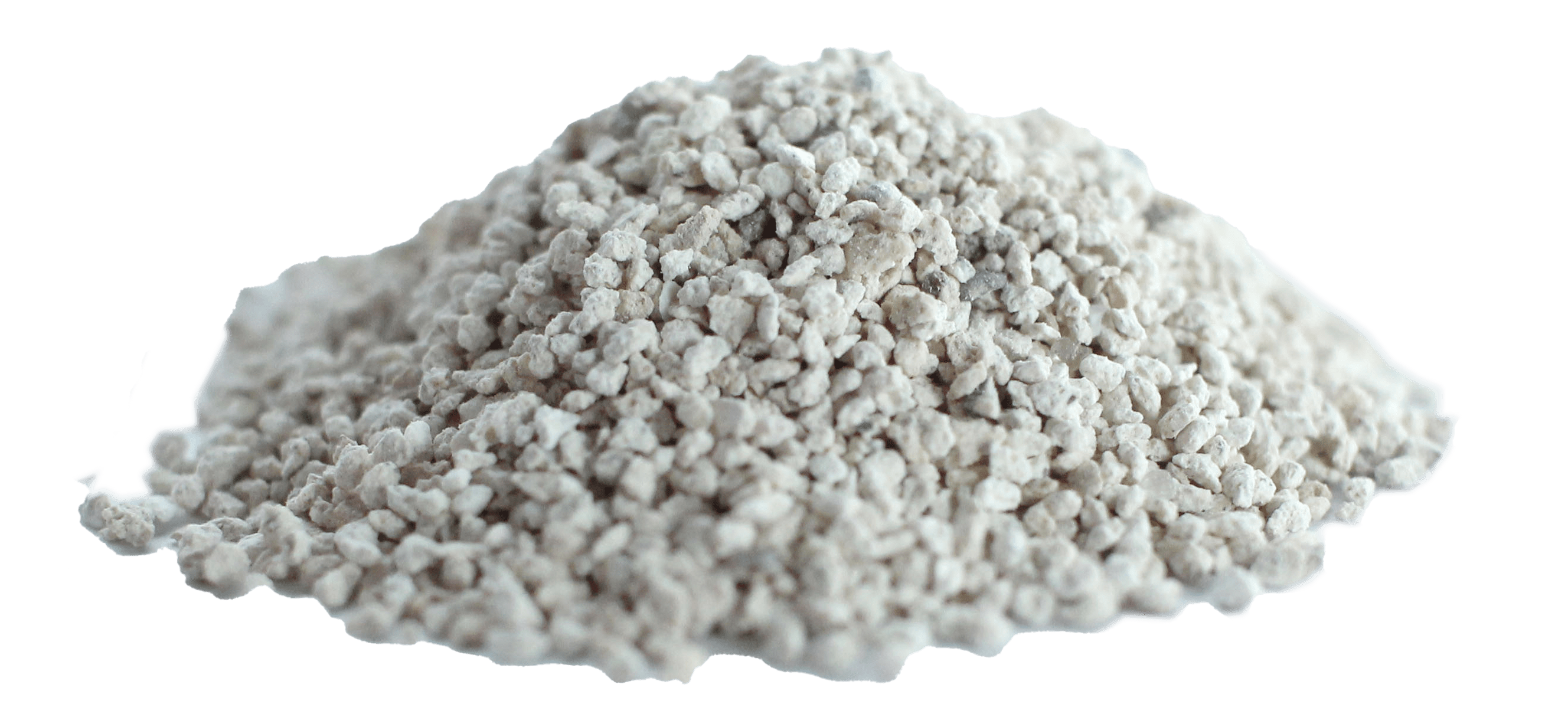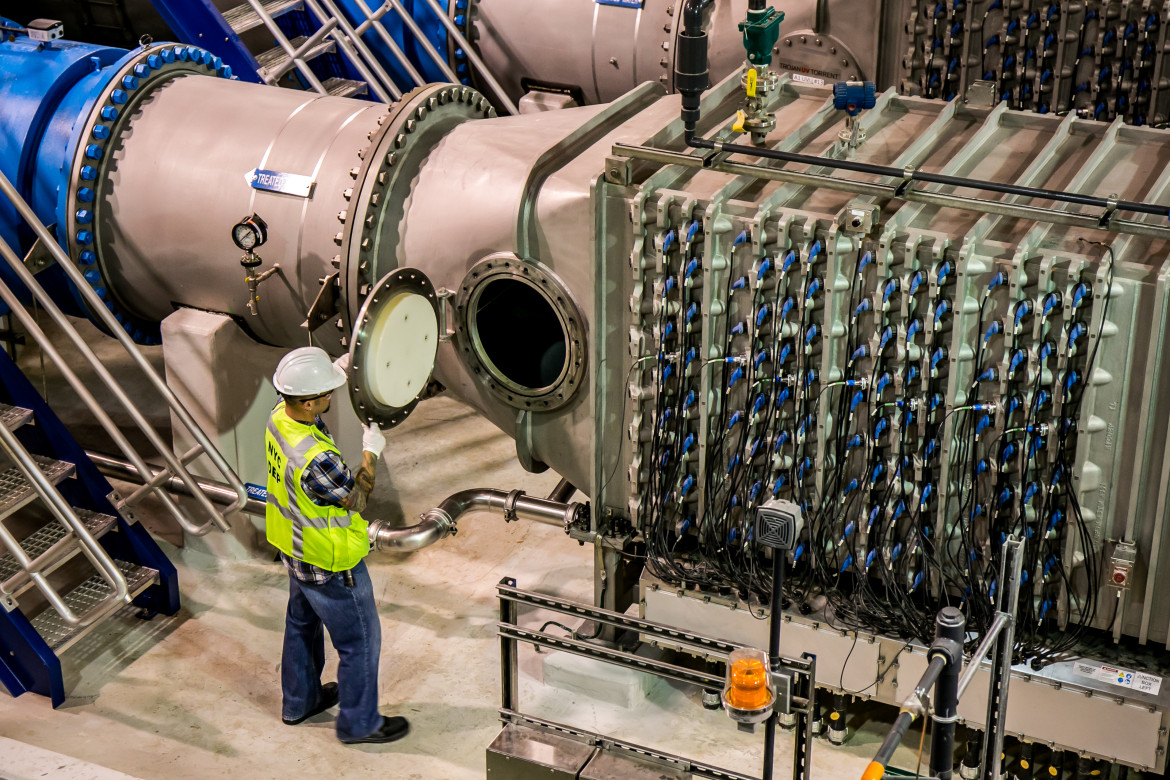What determines the efficiency of a granular filter?
Choosing an adequate filter media that works best for our water filtration projects can be a real challenge if we don’t know the characteristics the filter media must have to work efficiently; otherwise, it can negatively impact our projects’ overall performance and profitability.
The efficiency of a granular filtration system relies on several factors, such as:
The Effective Mesh Range: The production of granular filter media comes from a sieve separation process. The effective mesh range concerns the two sieve sizes, which retains 90% of the material. If the mesh size is 14-30, it retains 90% of the grain between these two meshes or sieves.
We should remember that the smaller the grain size, the lower its permeability, providing a shorter filtration run but a higher capacity to retain smaller particles.

-
The effective grain size or D10: The effective grain size is a logarithmic equation to determine the average particle size to the 10% of the finest material. This equation is essential when selecting the size of a granular filter media. The smaller the size, the greater the capacity to retain particles in suspension, but it will reduce its permeability and filtration stroke.
-
Uniformity coefficient (Cu): The uniformity coefficient in water filtration is the relation between the weight percentage that passes through the granulometric series of the sieve. The uniformity coefficient equals the ratio between 60% of the grains. The grain size is determined to the 10% of the sieve. The lower the uniformity coefficient, the smaller the space between the grains, and the more efficient the suspended solids retention.
-
The Sphericity coefficient: The sphericity coefficient measures the deviation between the area of a sphere of a volume equivalent to the area of the particle.
To calculate the sphericity coefficient, take the surface area of a sphere with the same volume as the particle and divide it by the particle’s surface area.
-
Acid solubility index: The acid solubility index in water treatment is defined as the weight the filter media loses when exposed for 10 minutes to a 50% hydrochloric acid solution. This parameter is essential as it guarantees that the filter media doesn’t contribute contaminants during the filter’s operation.
The smaller the coefficient of uniformity, sphericity, and particle size, the higher the particle retention capacity; however, it is inversely proportional to the duration of the filtration run. It is essential to maintain an adequate balance to ensure a filtration run longer than 24 hours.
It’s important to keep in mind that, the longer the filter media’s lifespan in operation, its effective size, uniformity coefficient, and sphericity tend to decrease due to erosion, improving suspended solids’ mechanical retention capacity. However, this results in an increasing loss of permeability, providing an increasingly shorter filtration run.





